What are the basic uses of tantalum?
1 Tantalum is used to make tantalum capacitors: tantalum carbide powder and tantalum wire are the key materials for making tantalum capacitors, and they are excellent capacitors. Niobium can also be used to make capacitors.

2 Tantalum is used to make high-temperature resistant tantalum products: tantalum can withstand high temperatures, has good strength, and rigidity, and is a high-quality material for making heating parts, heat insulation parts, and charging vessels for vacuum high-temperature furnaces.
3 Tantalum niobium is used to make corrosion-resistant tantalum niobium products: Tantalum niobium is a high-quality material resistant to acid and alkali and liquid metal corrosion and can be used in the chemical industry to make boilers, heaters, coolers, various vessel devices, etc.
4 tantalum niobium in the aerospace industry: used in the production of aerospace aircraft, rockets, submarines, and other engine components, such as combustion chambers, combustion ducts, turbine pumps, etc. Such as WC-103 Nb-Hf-Ti high-temperature niobium-based alloy is a high-quality material for astronautics, used as rocket gas pedal nozzle, spacecraft propulsion powering device and nozzle valve, etc.
5 Tantalum used to make the lining of armor-piercing ammunition: the application is currently mainly in the United States, is a missile, such as TOW2B missile.
6 Tantalum carbide as additives to cemented carbide: cemented carbide is mainly used as tools, tools, molds, and wear-resistant corrosion-resistant structural components, adding TaC can improve its hardness, strength, melting point, etc. NbC can also be used, the performance is second to TaC.
7 Niobium is the main additive for steel. The addition of niobium micro-alloyed steel, and steel grain refinement, can improve the strength and toughness of steel, about 75% of niobium applications in the field.
8 Niobium used as superconducting materials: Nb-Ti alloy is today’s widely used *, the amount of * large superconducting materials, such as Nb47Ti, there are important applications in high-energy physics, is the large hadron collider, heavy ion collider, and other high-energy particle gas pedal * selected practical superconducting materials; Nb3Sn is second only to Nb-Ti practical superconducting materials.
9 Tantalum oxide, and niobium oxide is the raw material for making tantalum-niobium artificial crystal: Ta2O5, Nb2O5 is the raw material for making LT, LN and other crystals, LT, LN is an important piezoelectric, thermoelectric and nonlinear optical materials, in the laser and micro-acoustic surface wave and other technical fields have important uses.
10 Niobium in the atomic energy industry: Nb has a small neutron capture cross-section, high thermal conductivity, and strength, and is used in atomic energy reactors as a nuclear fuel cladding material, nuclear fuel alloy additive, and heat exchanger structural material.
11 other applications: cathode sputtering tantalum coating, high vacuum suction pump tantalum active material, Nb2O5 and Ta2O5 for optical glass modifiers and chemical catalysts, Ta, Nb in medical devices and arts and crafts applications, etc.
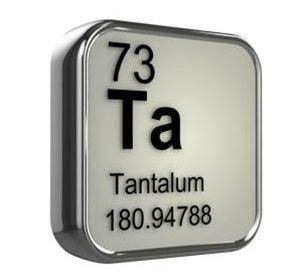
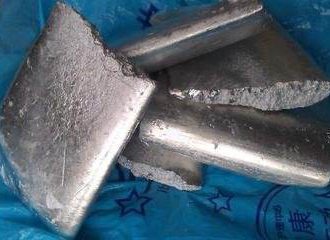
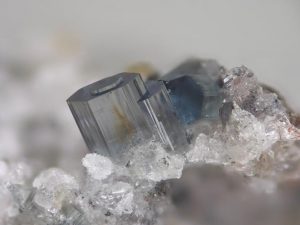
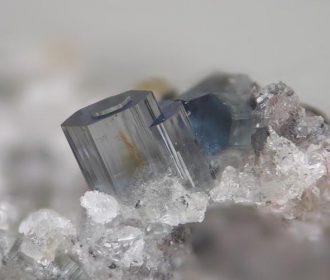


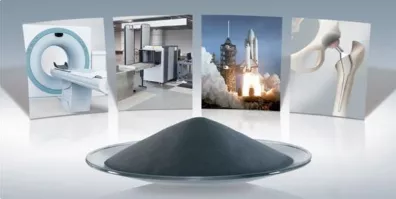


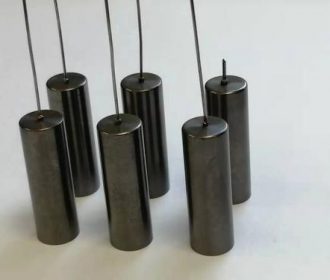
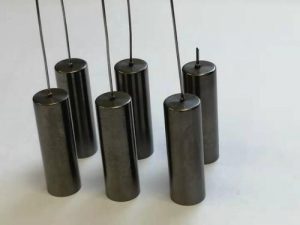
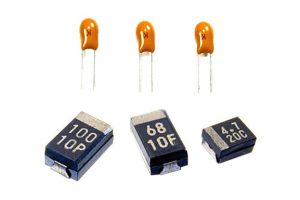
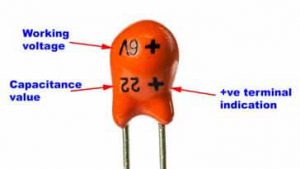
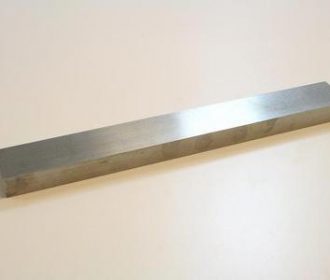
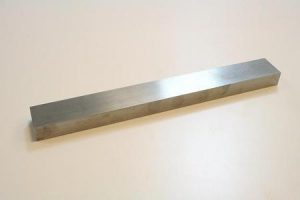
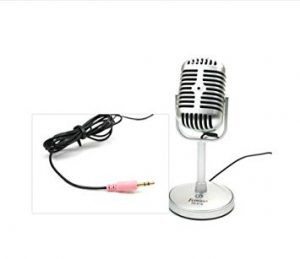
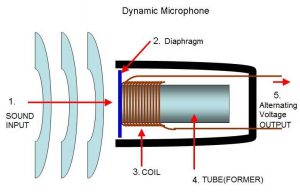
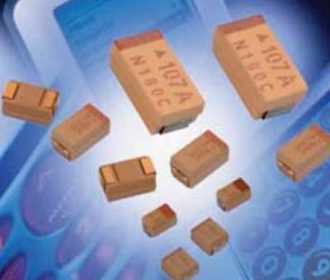
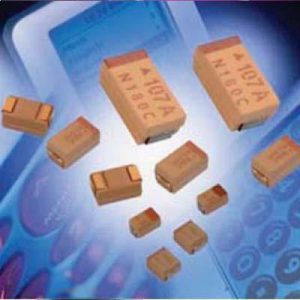
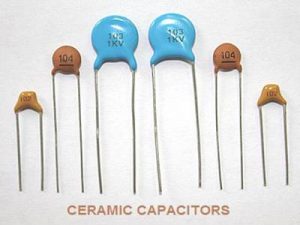
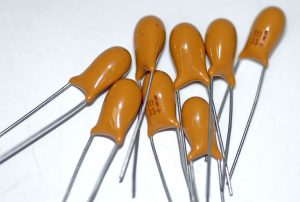
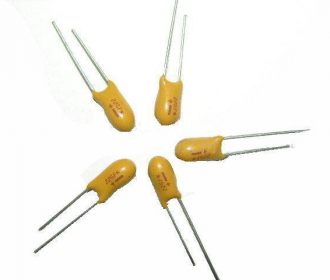
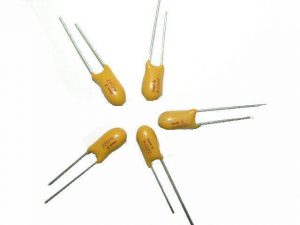
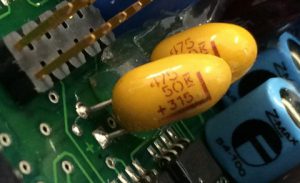
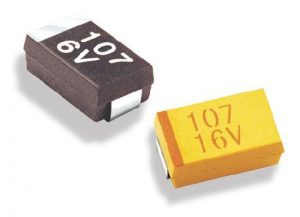
Recent Comments